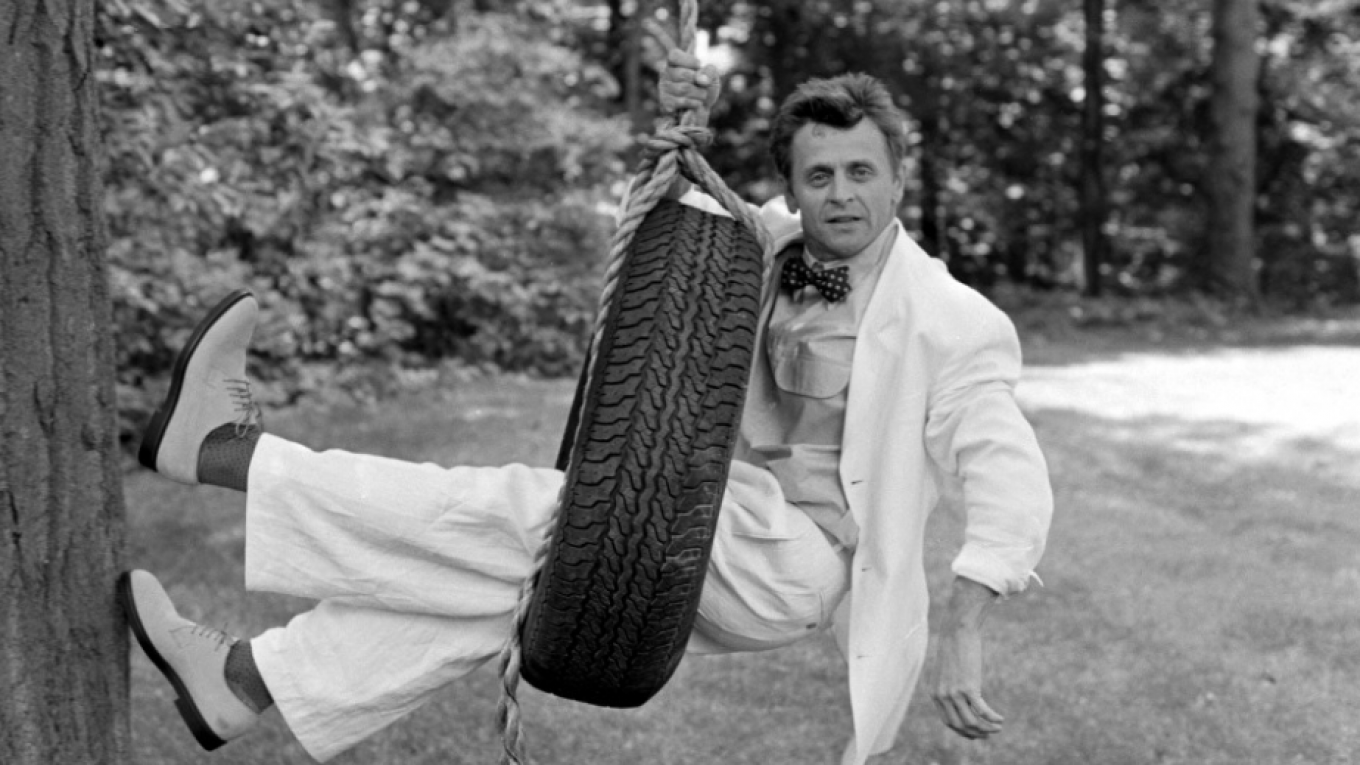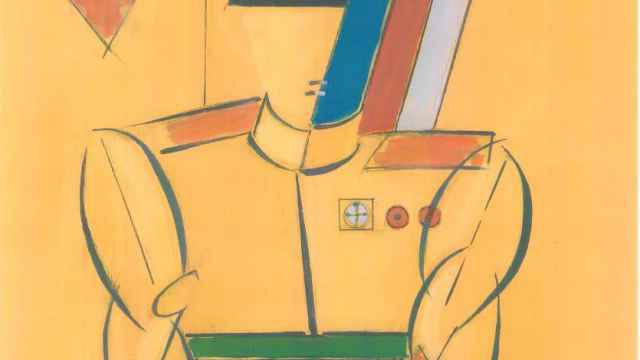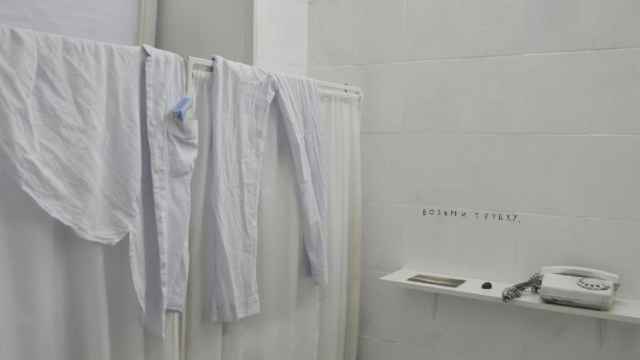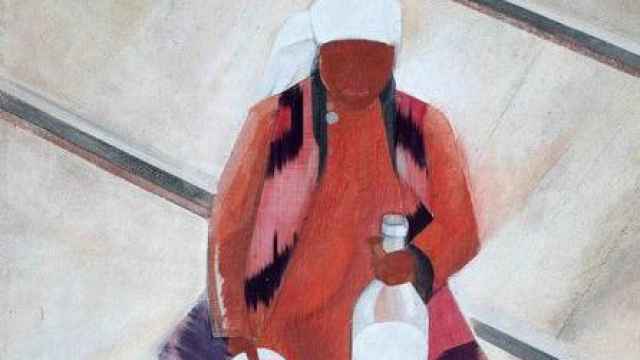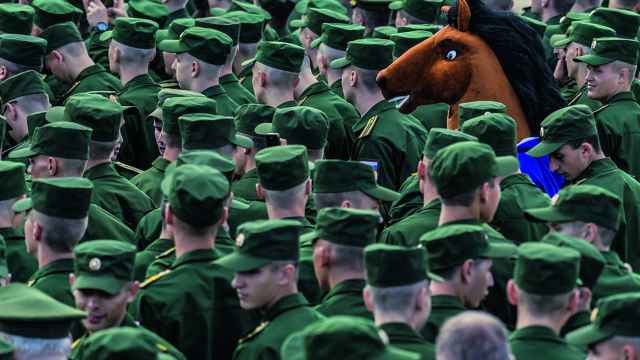On June 29, 1974 Mikhail Baryshnikov, the star dancer of the Kirov ballet, exited the Toronto stage to rapturous applause. Shortly afterward he skipped a glitzy party held in honor of the touring ballet company, hid out at a friend’s house and filed a request for political asylum in Canada. Baryshnikov, who was born in Latvia — then part of the Soviet Union — never returned to Russia.
It was a break that seemed definitive. Soviet authorities refused to even allude to Baryshnikov in cultural discourse following his decision to leave, while Baryshnikov moved to New York and focused on expanding his career in dance.
This makes “Mikhail Baryshnikov: Body Metaphysics” all the more significant. Featuring more than 60 photographs taken by Robert Whitman over a period of period of two decades, the exhibition at the Lumiere Brothers Center for Photography provides a longed-for link between Russian audiences and the legendary dancer.
Opening the Archives
Whitman, who has previously photographed Prince and published his work in everything from GQ to Esquire, met Baryshnikov by chance.
“I had been set-up on a date with the dancer Shelly Washington, who was to be my future wife. Baryshnikov was on the stage at City Center in New York and Shelly was in the audience. Every so often Baryshnikov would come over to get corrections from Shelly and we began talking,” said Whitman in an interview with The Moscow Times.
The pair shared mutual friends and an interest in photography and over the next two decades they met a number of times — socially as well as for work — with Whitman photographing the dancer on five separate occasions.
“Robert was completely unaware of the fact he was practically doing a documentary project on Baryshnikov during this time,” said Yana Iskakova, the curator of the exhibition. Photographs for the Lumiere center and an earlier exhibition at St. Petersburg's KGallery were selected from Whitman’s contact sheets, yielding previously overlooked images.
“This is just my take on what I’ve shot with him. There’s dance rehearsals but also photos I haven’t thought about in 20 years that were in a box somewhere,” said Whitman.
Photographs range from Baryshnikov in commercial campaigns to the dancer in rehearsals with Merce Cunningham, the 20th century master of modern dance.
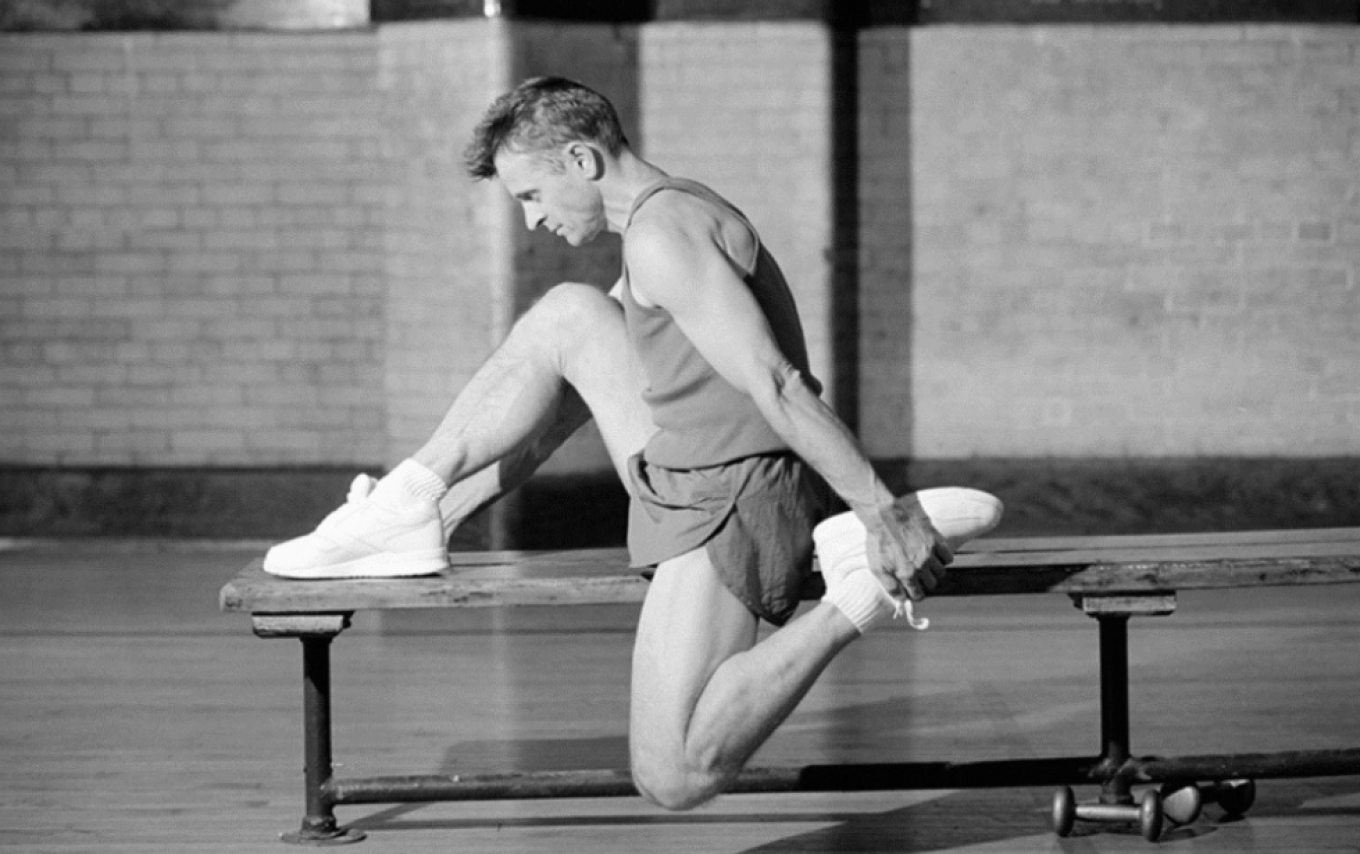
A Human Photographer
Whitman’s unique style of photography adds something personal to the photographs on display. Self-taught, Whitman picked up much of his technique through the process of shooting. Whitman freely admits that he is not a dance photographer — some of his shots crop out the extension of the arms or feet to focus on a facial expression or the dancer's hands.
“My style is trying to capture a human moment, something real,” said Whitman. “For instance, I was at dinner the other night and I saw someone using their fingers to pick up the last of the cake on their plate and then licking the icing. This morning I was walking in New York and I saw a delivery man stop on the side of the busy road and start doing push-ups. These are the things I like to photograph.”
Whitman’s archives provide an interesting insight into the balance between the images he was commissioned to capture and the shots that he took because a moment captured him creatively. One of the series on display was commissioned by an advertising agency to promote Baryshnikov's fragrance, but it is some of the rejected, spontaneous photos that make for the most delightful viewing.
Robert remembers the shoot, which took place in the grounds of an estate. “He was in beautiful suit and I was shooting him by the swimming pool. He took off his shoes and started splashing the water, and then he just jumped in. He was totally free. I love these shots — they show him as an actor and a person, and they reveal something of his personality.”
In another series Baryshnikov sits at a dining table and fixes the viewer with an enigmatic stare. “It was a very long advertising shoot and at points it became quite boring, so Robert turned to Baryshnikov while they were waiting around and said, ‘Just throw the napkin at me!’” said Iskakova. The triptych shows the moment across three frames as the white lined cloth sails through air towards the camera.
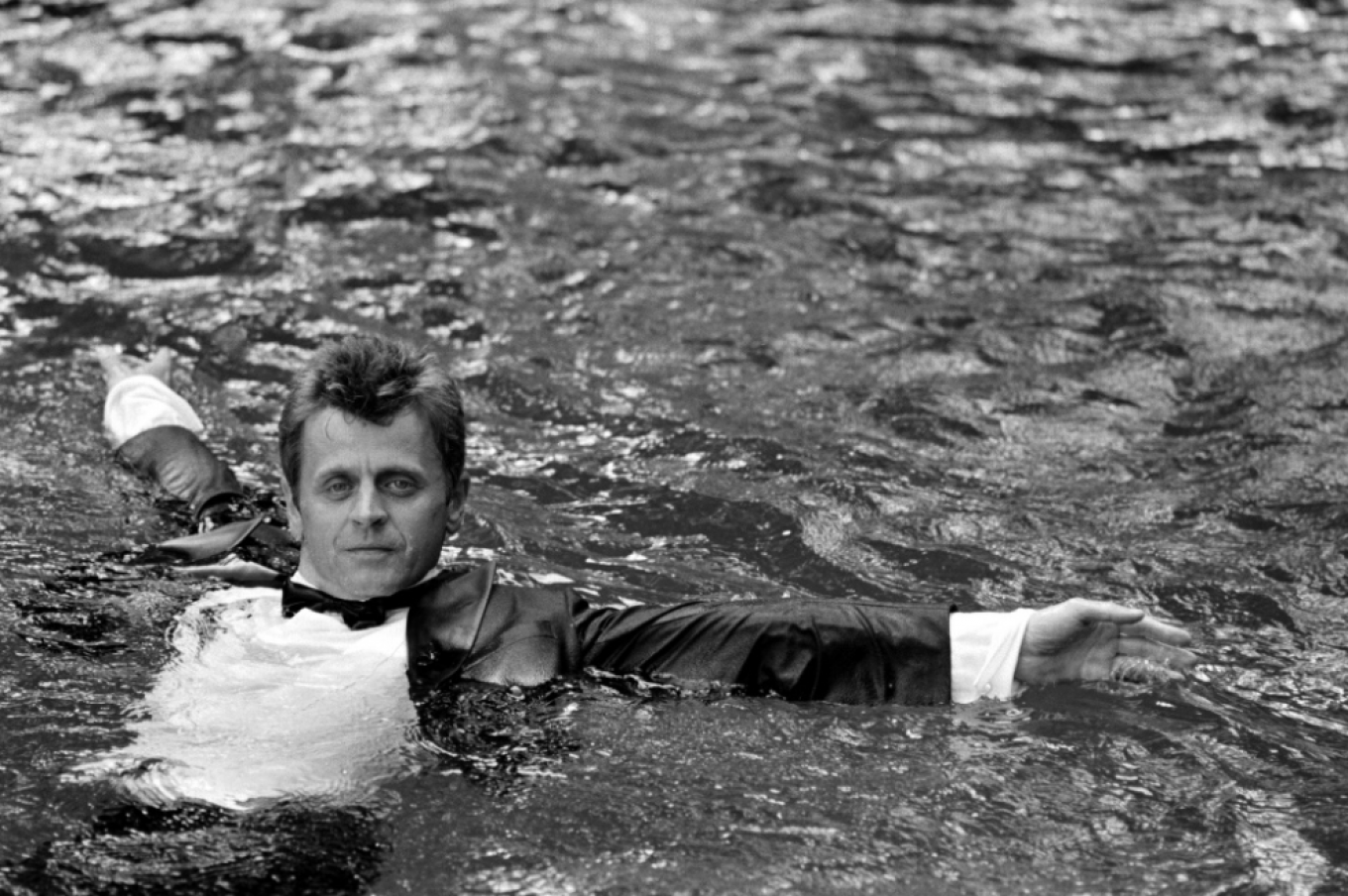
Baryshnikov is Back
The exhibition, which is accompanied by a lecture series and guided tours, is an important event for Russia.
“He’s still part of our culture — people miss him because we have no access to him. We are the country of ballet and the 'Ballets Russes,' and Baryshnikov is the most celebrated ballet dancer of modernity,” said Iskakova.
Born to Russian parents in Latvia, Baryshnikov began to study ballet at the age of 9 and demonstrated a prodigious talent. As a teenager he entered the Vaganova Academy in Leningrad, — now St. Petersburg — and graduated from student to principal dancer of the Kirov Ballet in 1969.
While an exemplar of the classical style, it was Baryshnikov’s desire to escape the strict confines of imposed by the Soviet Union on the arts that him to leave. After fleeing his touring ballet company, he went on to collaborate with the iconic figures of modern dance, such as George Balanchine and Twyla Tharp. He now runs his own project in New York — the Baryshnikov Arts Center — which serves as a gathering point for artists of different disciplines.
“He’s an artist and a person that we lost because of the political craziness of that time. We lost a lot of people, and that loss is very sad,” said Iskakova.
“Mikhail Baryshnikov: Body Metaphysics” runs through January 22 at the Lumiere Brothers Center for Photography. 3 Bolotnaya Naberezhnaya, Bldg.1. Metro Kropotkinskaya, Polyanka. Lumiere.ru
A Message from The Moscow Times:
Dear readers,
We are facing unprecedented challenges. Russia's Prosecutor General's Office has designated The Moscow Times as an "undesirable" organization, criminalizing our work and putting our staff at risk of prosecution. This follows our earlier unjust labeling as a "foreign agent."
These actions are direct attempts to silence independent journalism in Russia. The authorities claim our work "discredits the decisions of the Russian leadership." We see things differently: we strive to provide accurate, unbiased reporting on Russia.
We, the journalists of The Moscow Times, refuse to be silenced. But to continue our work, we need your help.
Your support, no matter how small, makes a world of difference. If you can, please support us monthly starting from just $2. It's quick to set up, and every contribution makes a significant impact.
By supporting The Moscow Times, you're defending open, independent journalism in the face of repression. Thank you for standing with us.
Remind me later.


